In this edition of the Path to Clean Energy, we put a spotlight on California’s grid emergency and the need for the flexibility that hydropower provides. We also get an update on a new pumped storage project taking shape in Oregon..
Also, mark your calendars for the upcoming Path to Clean Energy Virtual Event: “What the 2020 Elections Mean for Clean Energy,” hosted in partnership with ClearPath, on October 13th, at 2 pm ET.
At this virtual event, panelists will explore the energy platforms of the presidential candidates and discuss which clean energy proposals could advance in a new Congress, depending on the election outcome.
Moderated by Malcolm Woolf, NHA’s President and CEO, the event will include: Rich Powell Executive Director, ClearPath; Karen Wayland, kW Energy Strategies; and Kathrine Hamilton, Chair at 38 North Solutions and co-host of Energy Gang podcast.
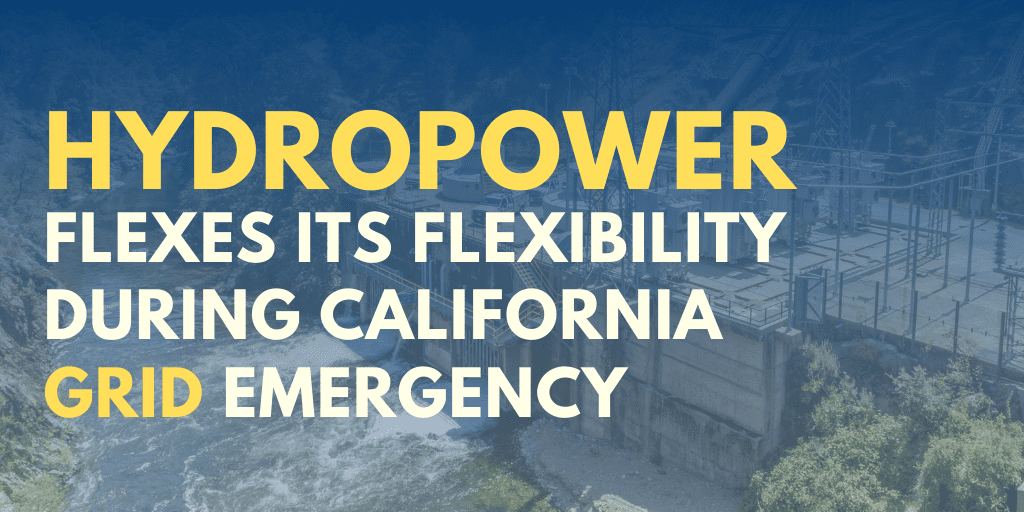
Hydro Flexes its Flexibility During CA Grid Emergency
Last month’s grid emergency in California that resulted in utilities cutting power to hundreds of thousands of consumers has put the energy spotlight on reliability. Large hydropower in California represents 16% of the state’s capacity yet when the grid was stretched to the max it was providing 33% of the peak evening ramp.
The state’s first capacity-related outages since the 2001 blackouts already have many stakeholders placing blame. Some are blaming the circumstances: hot and cloudy weather, a gas generator tripping offline, the sudden loss of 1GW of wind; while others are attributing the issue to a complicated resource adequacy structure that is shared between CAISO and the California Public Utilities Commission. With over 20GWs of weather dependent resources sitting in the CAISO queue and the fact that climate change makes extreme weather more likely, one thing is clear: the western grid needs more flexible resources like hydropower and pumped storage.
Everyday, CAISO must match supply and demand during the evening ramp when solar tapers off and air conditioning units are running full bore. This requires the grid operator to find 8GWs of electricity supply every evening (the equivalent of turning on 7 nuclear plants in 3 hours!). CAISO usually meets this demand with flexible hydropower (both in-state resources and out of state imports) and natural gas. On August 14th, extreme heat and the loss of a large natural gas generator made the evening peak even more challenging. As CAISO operators struggled to meet demand, California hydropower owners were pumping over 5700MWs of energy onto the grid, enough to power around 4 million households. At the same time, CAISO was relying on about 7GWs of imports, much of which comes from hydro-dominated balancing authorities.
While CAISO was able to prevent a grid-wide blackout on August 14th, it still had several more days of challenging conditions. On August 15th, CAISO experienced significant and unexpected swings of wind output and the loss of another generator during the evening peak. This led the operator to again shed load to ensure the stability of the grid. In-state hydropower saw its largest peak output of the summer (over 6GWs) on August 18th when grid officials were once again seeing tight supply conditions. California hydro operators were working overtime to provide much needed flexible, clean power to the grid every day of the heat wave. Below are just a handful of examples of hydropower ensuring reliability during the emergency conditions:
- Turlock Irrigation District (TID), which is connected to CAISO but runs its own grid, experienced their highest system peak on Monday. TID’s hydro fleet, led by the 203MW Don Pedro generating facility was able to meet this unprecedented demand without sacrificing irrigation water for their agricultural growers.
- Placer County Water Agency’s (PCWA) Middle Fork American River Hydroelectric Project is typically run to meet peak grid demands. This summer the Project has been generating 230 MW’s in the late afternoon/evening hours. Since August 14th, the Project’s five powerhouses have been running 24/7 to supply real and reactive power to support the California grid during the heatwave.
- In anticipation of the heat wave, the Department of Water Resources (DWR), which operates several hydro facilities, increased generation at SWP powerplants and decreased pumping to the maximum extent possible while ensuring the safety of water infrastructure. The SWP Oroville Power Complex was able to use additional storage in its afterbay to add an additional 250 to 350 MWs of generation into the grid during the super peak period. Over the past few days, DWR coordinated with the Metropolitan Water District to increase water deliveries through the Devil Canyon hydroelectric power plant in San Bernardino. This change in operations provided an additional 80 – 150 MWs of generation to the CA grid.
- Yuba Water Agency’s hydro fleet provided 338 MW of peak time period power during the critical heat wave and responded to the August 17 CAISO request for more power by temporarily increasing its hydroelectric power generation by an additional 20 MW beginning on Tuesday (August 18). This increased the peak time power output to 358 MW of clean power to the grid providing power to as many as 350,000 homes. The Colgate Powerhouse is the perfect complement to wind and solar energy because it can ramp up and down in just 8 minutes to supplement the availability of solar and wind generation.
- San Diego County Water Authority’s 40 MW Lake Hodges Pumped Storage project was operational during peak times to help offset the need for rolling blackouts. With estimates of 750 homes served per megawatt, that kept about 30,000 homes from losing power.
Additionally, almost 3GW of pumped storage was working overtime to provide vital energy to CAISO during the system peak. This included ramping up production from 3pm to 7pm and pumping at night and in low-demand parts of the day. These flexible operations allowed several natural gas plants to stay online which might have had issues with restarting.
Beyond California, hydro owners contributed substantial imports to help keep the system online.
Between Aug. 14 and Aug. 19, BPA used surplus power to supply nearly 65,000 megawatt-hours from the Federal Columbia River Power System to CAISO and other California load-serving entities. The chart below is a convincing visualization of BPA’s ability to use hydropower to continuously meet peak demand several days in a row.
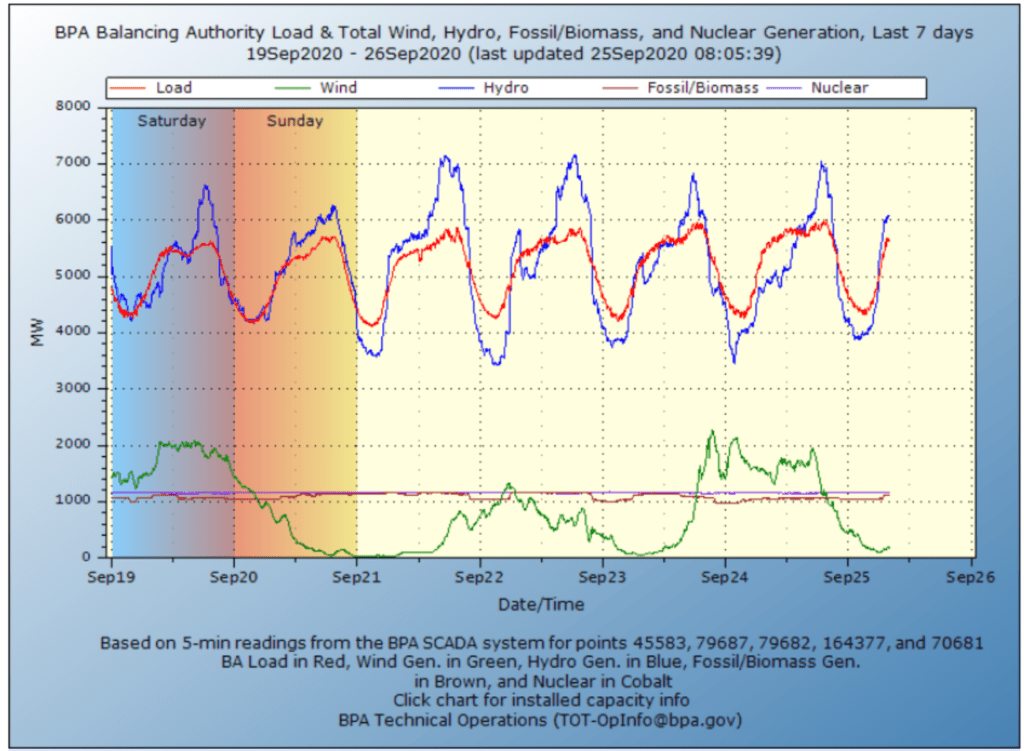
As California policymakers dig into the root causes of the blackouts, flexibility has emerged as an essential component to keeping the lights on as we rapidly decarbonize the grid. California is unlikely to achieve its reliability, clean energy and affordability goals until CAISO’s markets more fully value the carbon-free grid flexibility provided by hydropower and pumped storage.
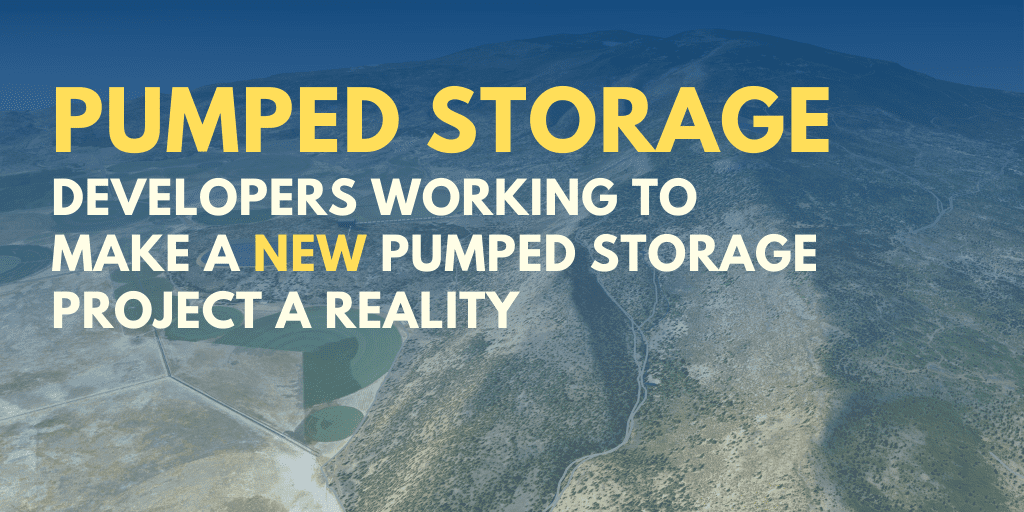
A New Pumped Storage Hydro Project Could Soon be a Reality
In Oregon, 11 miles northeast of Klamath Falls, energy developers are working on a new clean energy project that uses one of the nation’s oldest renewables: hydropower. But this is no ordinary hydropower project; it draws on a century-old technique that creates a natural battery capable of storing the nation’s increasing energy resources–proving a solution to grid reliability challenges.
The Swan Lake North pumped storage hydropower project, a joint venture between Rye Development–which is operating as New Hydro, LLC–and GridAmerica, subsidiary of British Utility National Grid, is planned to be a 400-megawatt, closed-loop system that includes two 60-acre reservoirs, three variable-speed pump turbine units, and one high-pressure and three low-pressure penstocks connecting the reservoirs.
The lower reservoir is more than 1,000 feet below the upper reservoir. The penstocks and powerhouse are designed to be constructed above ground instead of the more-traditional underground design, an effort that minimizes costs.
The project will provide a solution to the lack of grid-scale energy storage, a necessity due to significant deployments of wind and solar generation capacity. It will enable greater integration of renewable resources into the system by reducing the curtailments of excess variable renewable generation.
Last year, the project was issued a 50-year construction and operational license by the Federal Energy Regulatory Commission, marking an important step in the development of the project.
Pumped storage facilities act as large water batteries, capable of soaking up energy generated by other renewable sources, such as wind and solar. They push water from a lower reservoir uphill to a higher reservoir during times of surplus electricity. When extra power is needed, water in the upper reservoir drops down through turbines, generating clean, renewable power. In many cases, variable renewable power sources produce too much electricity when demand is not high enough to use it all. When extra energy is not needed, pumped storage facilities offer a storage solution.
The project will connect into the Malin Substation through a 32.8-mile-long, 230-kilovolt above-ground transmission line. It will be part of a north-south AC/DC transmission system that connects the Pacific Northwest to southern California.
“The project can be a tool to serve daily solar oversupply from California and wind power that is currently cutrailed,” says Vice President of Rye Development Erik Steimle. This project can store those resources and make them available based on grid demands.”
Swan Lake North is designed to be a low-impact “closed-loop” system, where the water source used for filling and providing make-up water comes from a non-riverine water source, without affecting an existing waterway.
“We see that closed-loop projects are much better tools to incorporate into the grid because they have such a limited environmental footprint,” Steimle says. “If your goal is decarbonizing the grid, most people pushing that policy also have a strong stance on environmental impacts.”
As states put forth new renewable energy goals, the need for energy storage facilities, like Swan Lake North, is increasing.
“We’re moving into an environment on the West Coast where goals for renewable are well above 50%, sometimes they’re even 100%; in that environment, it is difficult to cite new thermal (natural gas) plants, so you need storage,” Steimle says. “Batteries will play a role as well, but what utilities are seeing in their planning processes is, in the absence of natural gas, the only resource that can provide bulk storage is hydro pumped storage.”
Currently, there are more than 40 pumped storage projects in the United States, though more are going through the licensing process.
Construction is scheduled to begin on Swan Lake North in 2021 and the facility is expected to begin operation in 2025.

By the Numbers
In its latest Short-Term Energy Outlook (STEO), the U.S. Energy Information Administration (EIA) forecasts that electricity generation from U.S. hydropower will grow by 4% in 2020 from 2019 levels, to 280 billion kilowatt-hours.
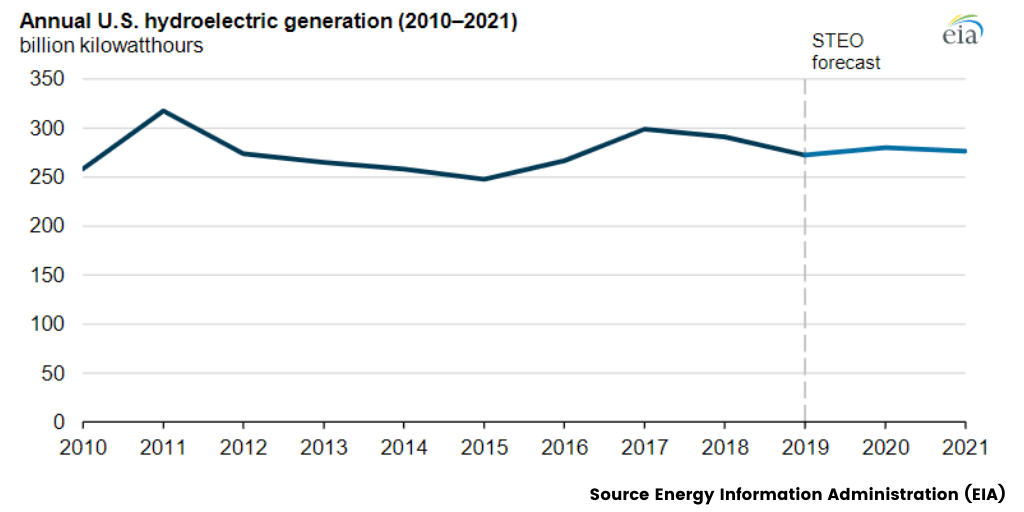

Utility Dive: NHA’s Cameron Schilling provided insight on NYISO’s announcement to allow full participation of energy storage resources in NYISO’s wholesale energy markets.
PV Magazine: NREL scientists estimate global potential of hydro-linked floating PV at up to 7.5 TW
Oskaloosa Herald: In an op-ed, Missouri River Energy Service unveils the new Red Rock Hydroelectric Project as the model for the future of clean energy.

ICYMI: Department of Energy and the National Research Labs: The Future of Hydro in a Rapidly Changing Grid
During NHA’s National Hydropower Day LIVE!, the U.S. Department of Energy’s Alejandro Moreno, Director of the Water Power Tech Office, held a live discussion with with the national research labs on “The Future of Hydro in a Rapidly Changing Grid: A DOE Perspective.” with Pacific Northwest National Laboratory, Oak Ridge National Laboratory; and National Renewable Energy Laboratory.
